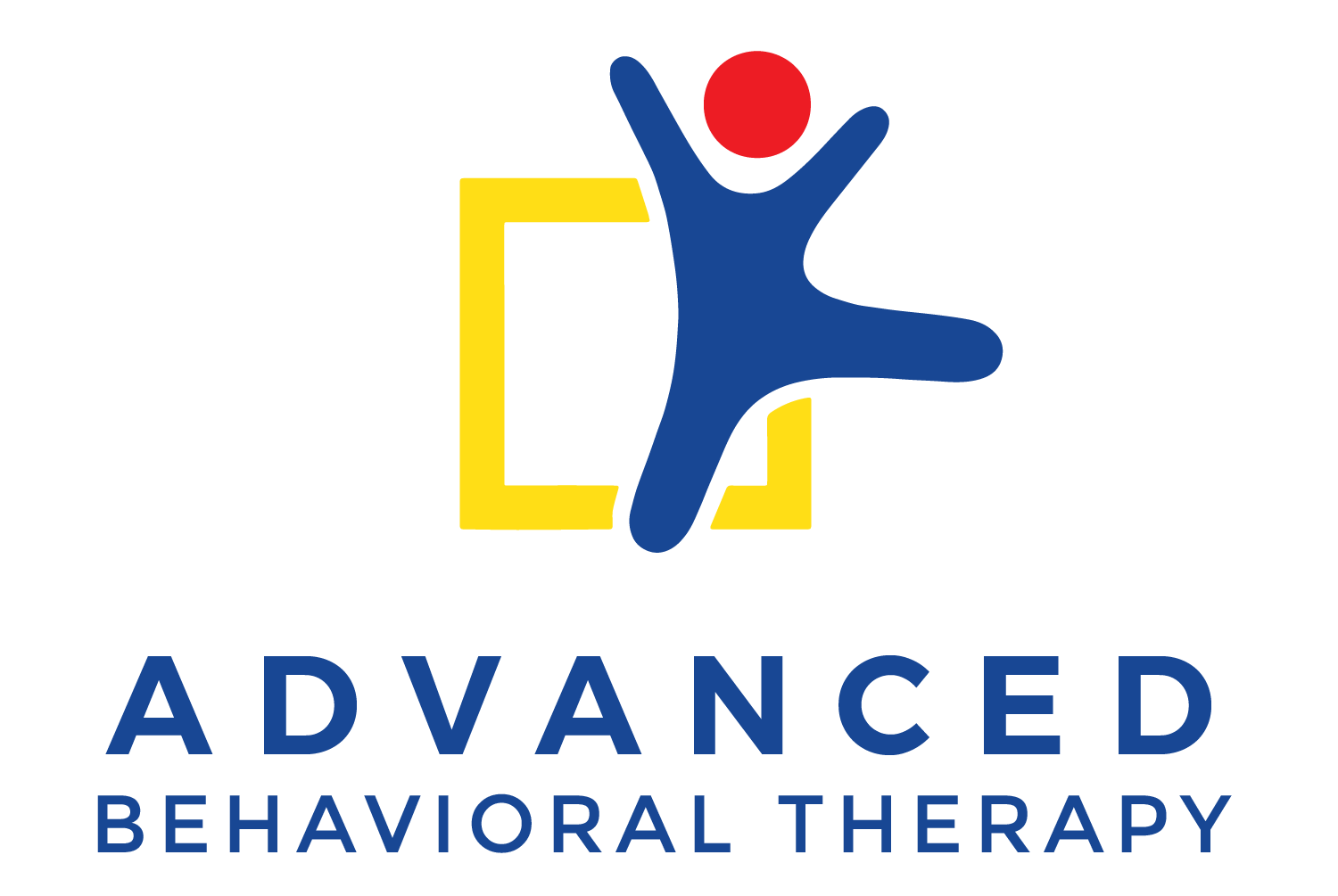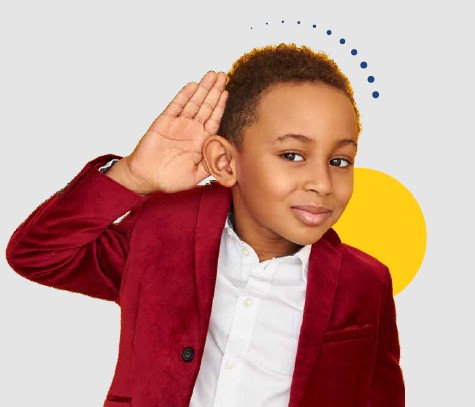
As the summer winds down and the school year approaches, preparing your child with ASD for the transition back to school can be challenging. With some thoughtful preparation and strategies, you can help make this transition smoother and more manageable for both you and your child. Here are some tips to get started:
1. Create a Visual Schedule
Many children with ASD thrive on routine and predictability. A visual schedule can help them understand what to expect each day. You can create a schedule that includes:
- Morning routines
- School hours
- Afterschool activities
- Homework time
- Evening routines
Use pictures or icons to represent different activities and display the schedule in a prominent place.
2. Visit the School Ahead of Time
If possible, arrange a visit to the school before the first day. This can help your child become familiar with the new environment, meet their teacher, and understand the layout of the school. If your child has a new classroom or teacher, multiple visits might be beneficial.
3. Meet the Teacher and Staff
Schedule a meeting with your child’s teacher, support staff, and any other key personnel. Share information about your child’s strengths, challenges, sensory preferences, and any specific strategies that have worked well in the past. Building a positive relationship with the school staff can ensure better support for your child.
4. Practice School Routines
Rehearse daily school routines with your child to help them become accustomed to what will happen each day. This can include:
- Getting up at the same time every day
- Dressing in school clothes
- Packing a backpack
- Practicing the route to school (if walking or driving)
5. Create a Social Story
Social stories can be a great way to help children with ASD understand and prepare for new experiences. You can create a simple story about going back to school, including details about the school day, the classroom, and what to expect. Use simple language and visuals to make the story engaging and easy to understand.
6. Prepare for Sensory Needs
School environments can be overwhelming for children with sensory sensitivities. Prepare a sensory kit that your child can take to school, including items like:
- Noise-canceling headphones
- Fidget toys
- Chewable jewelry
- A weighted lap pad
Discuss with the teacher how your child can use these tools during the day to manage sensory overload.
7. Plan for Transitions
Transitions between activities or classes can be difficult for children with ASD. Work with the school to create a transition plan that includes:
- Visual timers
- Verbal warnings before transitions
- A calm down area where your child can go if they feel overwhelmed
8. Celebrate Small Successes
Acknowledge and celebrate your child’s achievements, no matter how small. Positive reinforcement can boost their confidence and motivation. Create a reward system or a visual progress chart to track their successes and celebrate their hard work.
Conclusion
Going back to school can be a challenging time for children with ASD, but with careful planning and support, you can help your child navigate this transition successfully. Remember to stay flexible and patient, and don’t hesitate to reach out to teachers and support staff for additional help. Here’s to a great school year ahead!









